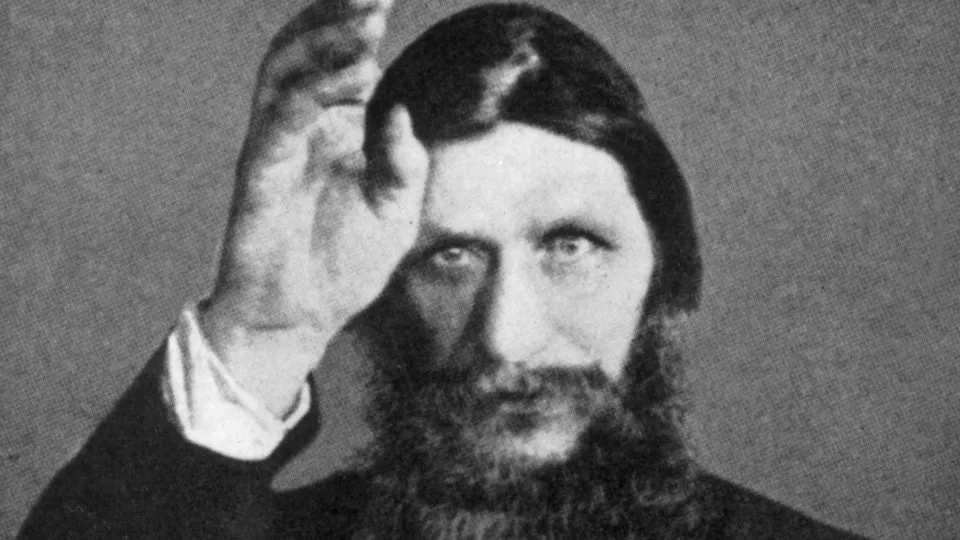Grigori Rasputin was a Russian mystic and self-proclaimed holy man who won the favor of Czar Nicholas II and Czarina Alexandra through his ability to stop the bleeding of their hemophiliac son, Alexei, in 1908. Rasputin, a peasant from Siberia, subsequently exerted a powerful and corrosive influence on the ruling family of Russia. But Rasputin's royal privileges soon made him a controversial figure, and he was viewed with suspicion and near-hatred by nobles and church clerics alike. He had become a threat to the empire, and needed to be disposed of.
Click through the following gallery and find out who Rasputin was, what he did, and how he met his grisly end.



